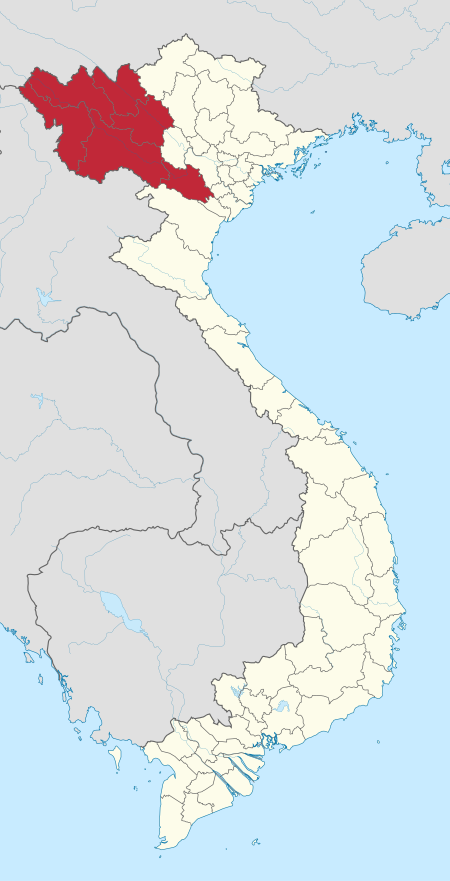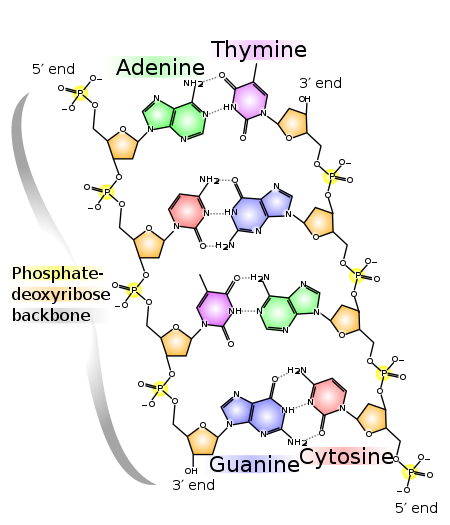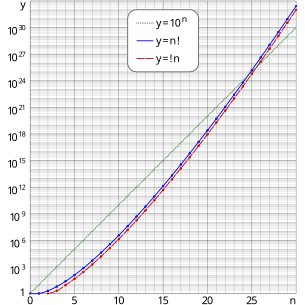Derangement
| |||||||||||||||||||||||||||||||||||||||||||||||||||||||||||||||||||||||||||||||||||||||||||||||||||||||||||||||||||||||||||||||||||||||||||||||||||||||||||||||||||||||||||||||||||||||||||
Read other articles:

You can help expand this article with text translated from the corresponding article in Vietnamese. (March 2009) Click [show] for important translation instructions. View a machine-translated version of the Vietnamese article. Machine translation, like DeepL or Google Translate, is a useful starting point for translations, but translators must revise errors as necessary and confirm that the translation is accurate, rather than simply copy-pasting machine-translated text into the English Wik…

Sebring International Raceway in 1952-1966 The race was won by a red Ferrari TR58 driven by Phil Hill Stirling Moss in Aston Martin DBR1 Caroll Shelby in Aston Martin DBR1 Roy Salvadori and the Aston Martin DBR1 The Elva-Climax MkIII of Kurtz and Patterson The 1958 12-Hour Florida International Grand Prix of Endurance for the Amoco Trophy took place on 22 March, on the Sebring International Raceway, (Florida, United States). It was the second round of the F.I.A. World Sports Car Championship, wh…

Old Dragon redirects here. For other uses, see Dragon (disambiguation). School in Oxford, Oxfordshire, United KingdomDragon SchoolAddressBardwell RoadOxford, Oxfordshire, OX2 6SSUnited KingdomCoordinates51°46′05″N 1°15′23″W / 51.76818°N 1.25639°W / 51.76818; -1.25639InformationTypePreparatory day and boarding school and Pre-Prep schoolMottoLatin: Arduus ad Solem(Reach for the Sun)Religious affiliation(s)Church of EnglandEstablished1877FounderA. E. ClarkeDepart…

Village in Uttar Pradesh, IndiaVyaspurVillageVyaspurVillage location on Varanasi district mapShow map of Varanasi districtVyaspurVyaspur (Uttar Pradesh)Show map of Uttar PradeshVyaspurVyaspur (India)Show map of IndiaCoordinates: 25°23′46″N 83°02′15″E / 25.396021°N 83.037480°E / 25.396021; 83.037480Country IndiaStateUttar PradeshPopulation (2011) • Total536Languages • OfficialHindi & UrduTime zoneUTC+5:30 (IST)PIN221007STD0…

Questa voce sull'argomento fisici statunitensi è solo un abbozzo. Contribuisci a migliorarla secondo le convenzioni di Wikipedia. Premio Nobel per la fisica 2004Hugh David Politzer (New York, 31 agosto 1949) è un fisico statunitense. Vincitore nel 2004 del Premio Nobel in Fisica insieme a Gross e Wilczek per la scoperta sulla libertà asintotica in cromodinamica quantistica, permettendo di completare il quadro nel panorama del modello standard. Nato nel 1949 a New York, si è laureato…

Verschiedene DIP-Gehäuse ICs in DIP-Gehäusenverschiedene EPROMs in DIP-Gehäusen Der englische Begriff Dual in-line package (Akronym DIP, auch Dual In-Line, kurz DIL, dt. «zweireihiges Gehäuse») ist eine längliche Gehäuseform (engl. Package) für elektronische Bauelemente, bei der sich zwei Reihen von Anschlussstiften (Pins) zur Durchsteckmontage an gegenüberliegenden Seiten des Gehäuses befinden. Inhaltsverzeichnis 1 Funktion und Anwendung 2 Typische Abmessungen 3 Pinbelegung 4 DIP ver…

لمعانٍ أخرى، طالع تنوير (توضيح). التنوير هو الفهم الكامل لموقف ما. يُستخدم هذا المصطلح بشكل شائع للإشارة إلى عصر التنوير، ولكنه يُستخدم أيضًا في الثقافة الغربية في سياق ديني. يفسر هذا المصطلح عدة مفاهيم ومصطلحات بوذية لعل أهمها بوذي وكينشو وساتوري. هناك مصطلحات أخرى من…

Questa voce sull'argomento calciatori è solo un abbozzo. Contribuisci a migliorarla secondo le convenzioni di Wikipedia. Segui i suggerimenti del progetto di riferimento. Omar Da FonsecaNazionalità Argentina Francia[1] Altezza179 cm Peso72 kg Calcio RuoloAttaccante Termine carriera1993 CarrieraSquadre di club1 1978-1981 Vélez Sarsfield45 (2)1982 Renato Cesarini13 (9)1982-1985 Tours97 (42)1985-1986 Paris Saint-Germain17 (2)1986-1988 Monaco52 (10)…

Artikel ini perlu diwikifikasi agar memenuhi standar kualitas Wikipedia. Anda dapat memberikan bantuan berupa penambahan pranala dalam, atau dengan merapikan tata letak dari artikel ini. Untuk keterangan lebih lanjut, klik [tampil] di bagian kanan. Mengganti markah HTML dengan markah wiki bila dimungkinkan. Tambahkan pranala wiki. Bila dirasa perlu, buatlah pautan ke artikel wiki lainnya dengan cara menambahkan [[ dan ]] pada kata yang bersangkutan (lihat WP:LINK untuk keterangan lebih lanjut). …

Boris Karloff in James Whale's 1931 film Frankenstein, based on Mary Shelley's 1818 novel. The monster is created by an unorthodox scientific experiment. Aspects of genetics including mutation, hybridisation, cloning, genetic engineering, and eugenics have appeared in fiction since the 19th century. Genetics is a young science, having started in 1900 with the rediscovery of Gregor Mendel's study on the inheritance of traits in pea plants. During the 20th century it developed to create new scienc…

داون أندر 2018 تفاصيل السباقسلسلة20. داون أندرمنافسةطواف العالم للدراجات 2018 2.UWTمراحل6التواريخ16 – 21 يناير 2018المسافات783٫8 كمالبلد أستراليانقطة البدايةPort Adelaide [الإنجليزية]نقطة النهايةأديلايدالفرق19عدد المتسابقين في البداية131عدد المتسابقين في النهاية125متوسط السرعة39٫…

رادي أفراموفيتش معلومات شخصية الميلاد 29 نوفمبر 1949 (العمر 74 سنة) الطول 194 سنتيمتر مركز اللعب حارس مرمى الجنسية صربيا المسيرة الاحترافية1 سنوات فريق م. (هـ.) 1969–1974 بوراتس تشاتشاك [الإنجليزية] - 1974–1979 رييكا 119 (0) 1979–1983 نوتس كاونتي 149 (0) 1983 FC Inter-Montréal [الإنجليزية] 1…

Questa voce sull'argomento stagioni delle società calcistiche italiane è solo un abbozzo. Contribuisci a migliorarla secondo le convenzioni di Wikipedia. Segui i suggerimenti del progetto di riferimento. Voce principale: Associazione Calcistica Perugia Calcio. Associazione Calcio PerugiaStagione 1956-1957 Sport calcio Squadra Perugia Allenatore Guido Mazzetti Presidente Gaetano Salvi IV Serie - Gir. F14º posto StadioSanta Giuliana 1955-1956 1957-1958 Si invita a seguire il modello d…

Official motto of the Commonwealth of Massachusetts Ense petit placidam sub libertate quietem used on the coat of arms of Massachusetts Ense petit placidam sub libertate quietem is a Latin passage and the official motto of the U.S. Commonwealth of Massachusetts and the University of Massachusetts Amherst. The phrase is often loosely translated into English as By the sword we seek peace, but peace only under liberty. The literal translation, however, is she seeks with the sword peaceful repose un…

2002 filmThe Adventures of Pluto NashTheatrical release posterDirected byRon UnderwoodWritten byNeil CuthbertProduced by Martin Bregman Michael Scott Bregman Louis A. Stroller Starring Eddie Murphy Randy Quaid Rosario Dawson Joe Pantoliano Jay Mohr Luis Guzmán James Rebhorn Peter Boyle Pam Grier John Cleese CinematographyOliver WoodEdited by Alan Heim Paul Hirsch Music byJohn PowellProductioncompanies Castle Rock Entertainment Village Roadshow Pictures Distributed byWarner Bros. PicturesRelease…

ごとう ゆうこ後藤 邑子プロフィール愛称 ゴトゥーザ様[1]、むらこ[1]、ぽんこつ[1]、ゴトゥース[1]性別 女性出身地 日本・愛知県一宮市[2]生年月日 (1975-08-28) 1975年8月28日(48歳)血液型 O型[3][4]身長 163 cm[3][4]職業 声優、ラジオパーソナリティ、歌手事務所 アクセルワン[3]公式サイト 後藤 邑子|タレント|アクセ�…

Centre d'études historiquesHistoireFondation 18 mars 1910Dissolution 24 novembre 1939CadreType Institution sociale, centre d'étudesDomaine d'activité HistoirePays Espagnemodifier - modifier le code - modifier Wikidata Le Centre d'études historiques (Centro de Estudios Históricos) est une institution fondée en 1910 en Espagne dans le but de fournir des moyens matériels de recherche et d'aider la formation d'une élite intellectuelle dans le pays. Né comme un petit atelier, le Centre…

Artikel ini membutuhkan rujukan tambahan agar kualitasnya dapat dipastikan. Mohon bantu kami mengembangkan artikel ini dengan cara menambahkan rujukan ke sumber tepercaya. Pernyataan tak bersumber bisa saja dipertentangkan dan dihapus.Cari sumber: Universitas Megow Pak Tulang Bawang – berita · surat kabar · buku · cendekiawan · JSTOR (Februari 2020) artikel ini perlu dirapikan agar memenuhi standar Wikipedia. Tidak ada alasan yang diberikan. Silakan kemba…

Civil war in China (1915–16) This article needs additional citations for verification. Please help improve this article by adding citations to reliable sources. Unsourced material may be challenged and removed.Find sources: National Protection War – news · newspapers · books · scholar · JSTOR (July 2018) (Learn how and when to remove this message) National Protection WarDate25 December 1915 – 14 July 1916LocationSouth and Southwest ChinaR…

В Википедии есть статьи о других людях с такой фамилией, см. Чупров; Чупров, Александр. Александр Иванович Чупров Дата рождения 6 (18) февраля 1842 Место рождения Мосальск, Калужская губерния, Российская империя[1] Дата смерти 24 февраля 1908(1908-02-24) (66 лет) Место смерти Мюнх…












![{\displaystyle !n=\left[{\frac {n!}{e}}\right]=\left\lfloor {\frac {n!}{e}}+{\frac {1}{2}}\right\rfloor }](https://wikimedia.org/api/rest_v1/media/math/render/svg/d522701b28d640964b2e50f781b9e10c385898f5)

![{\displaystyle \left[x\right]}](https://wikimedia.org/api/rest_v1/media/math/render/svg/bee30b48da3d61e9dfa898ca4d209afdcc6503dc)
























